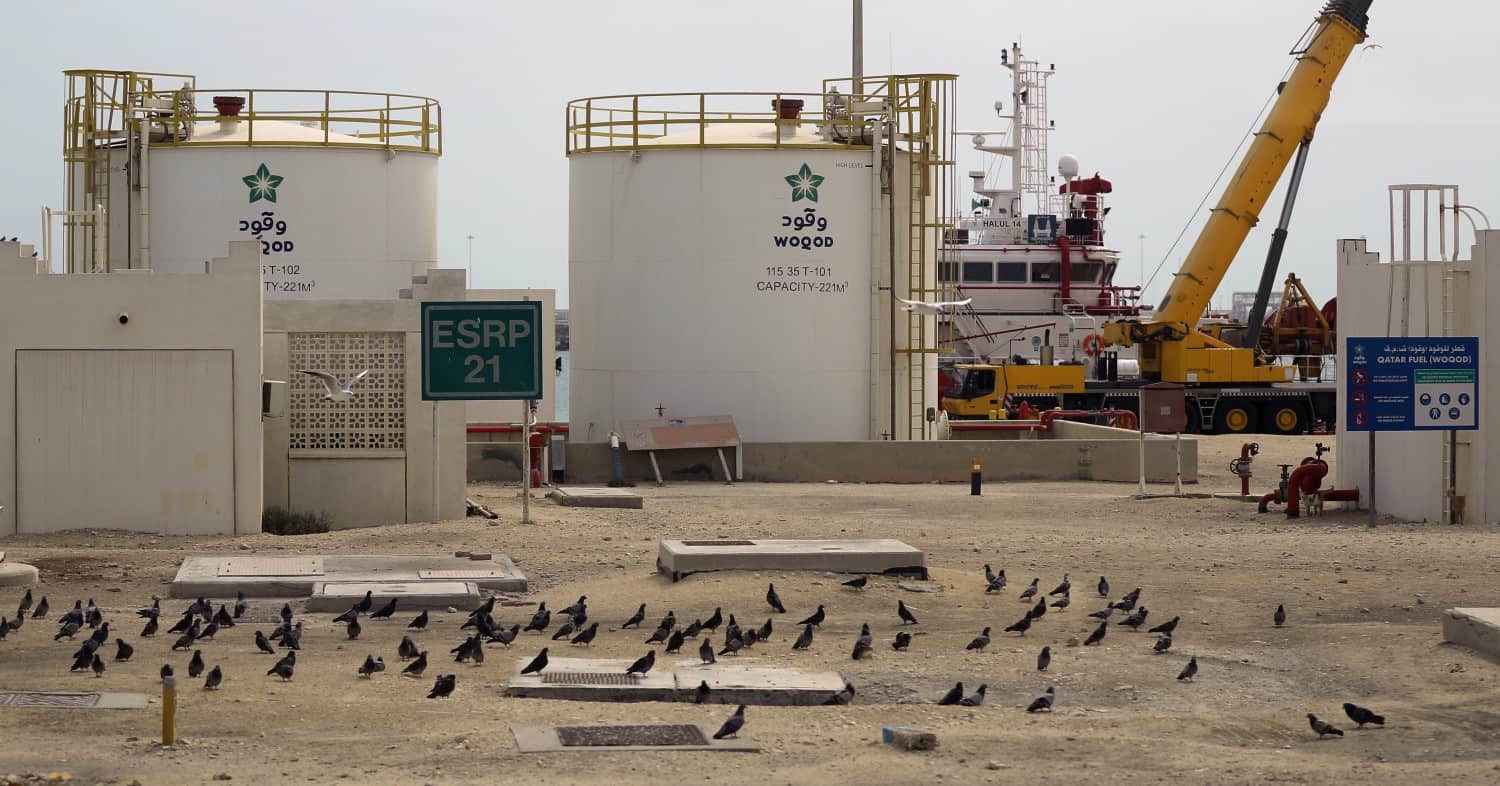Dubai, UAE — After the economic slump that resulted from disruptions caused by the Covid-19 pandemic, the oil-rich Gulf Cooperation Council (GCC) countries are witnessing a rise in per capita GDP.
The Global Wealth Report for 2022, issued by the Swiss bank Credit Suisse, attributes the rise in the wealth of individuals in the region to high growth in public revenues and surplus budgets, with Qatar ranking at the top.
The International Monetary Fund (IMF) expects the Gulf countries to reap more than $1.3 trillion in additional oil revenues over the next four years, boosting the power of sovereign wealth funds in the region.
Qatar
Qatar ranked first in the Arab world and the Gulf region with an annual per capita share of around $183,000.
According to data released by the Planning and Statistics Authority, the GDP at constant prices increased by 6.3 percent to $47 billion in the second quarter of 2022, up from $44 billion in the same period in 2021.
In addition, Nominal GDP in current prices increased by 40.7 percent yearly, increasing by $60 billion in the second quarter of 2022 compared to $43 billion in the second quarter of 2021.
According to a classification published last month by Global Finance magazine, Qatar is the wealthiest country in the Gulf region and the Arab world and the fourth richest country in the world.
Kuwait
According to the Credit Suisse report, Kuwait ranked second in the Arab world and the Gulf, with an annual average wealth of $171,000.
According to the Kuwaiti newspaper “Al-Anbaa,” Kuwait is one of the wealthiest countries in the Middle East due to its abundant crude oil supplies. It has an open economy supported by oil reserves totaling 102 billion barrels, accounting for 6 percent of global reserves.
Kuwait plans to increase oil production to 4 million barrels per day from the current 2.8 million barrels to increase the country’s revenues, according to the newspaper.
UAE
The UAE ranked third in the Global Wealth Report with an average annual wealth per capita of $122, 000.
Last August, the World Bank ranked the UAE 13th in the world in terms of Gross National Income (GNI) per capita.
The classification also estimated the UAE’s average purchasing power at $660.34 billion, ranking it 36th globally based on this indicator.
Bahrain
Bahrain ranked fourth in the Gulf and the Arab world, with an average per capita wealth of $98,000.
Bahrain ranked third in the Gulf after Qatar and the UAE, and 25th globally in the “Global Finance” list of the world’s richest countries for the year 2022, among the list of 192 countries.
Saudi Arabia
According to the same report, Saudi Arabia ranked fifth among Arab and Gulf countries, with an average of $84,000 per person.
This comes as Saudi Arabia increased its share of GDP for Saudi citizens by 12.2 percent in the second quarter of 2022 compared to the same quarter in 2021, the highest since 2011, according to General Authority for Statistics.
Oman
Oman was ranked sixth in the Arab world and the Gulf, with an annual GDP per capita of about $39,433.
The country’s goal is to increase the average GDP per capita GDP by 40 percent by 2030 and 90 percent by 2040.
According to a World Bank report released in April, the Omani economy has maintained its growth trajectory, with an increase of 5.6 percent in GDP expected in 2022 and approximately 2.7 percent next year.

